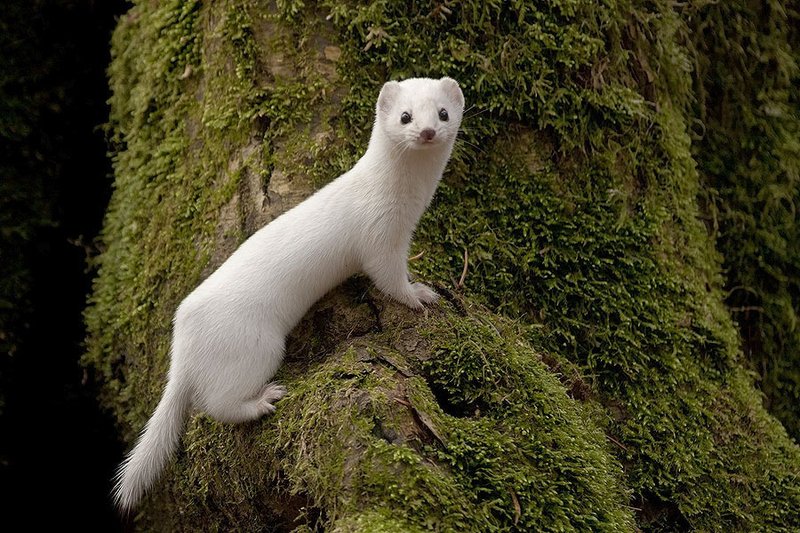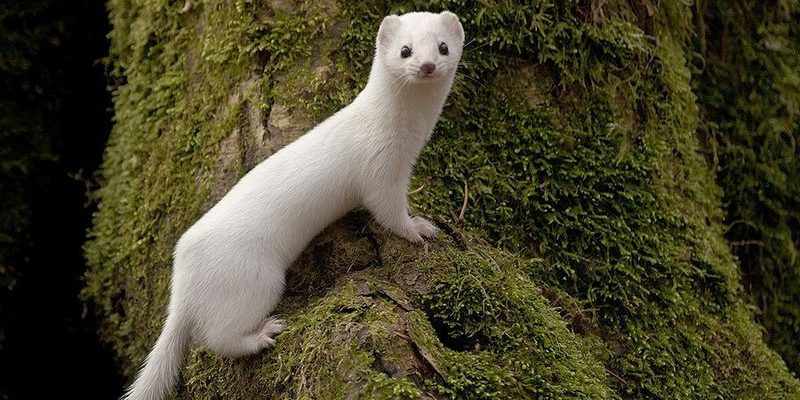
In this article, we’ll take a closer look at whether weasels are endangered and explore some insights into their conservation status globally. From habitat loss to climate change, various factors influence their survival. We’ll break it down in simple terms so you can grasp not just their situation, but also why it matters to us all. So, let’s dive into the world of weasels!
Understanding Weasels: A Quick Overview
Weasels belong to the Mustelidae family, which includes otters, badgers, and ferrets. There are several species of weasels, with the **least weasel** and the **long-tailed weasel** being the most common. These small mammals are known for their slender bodies, sharp teeth, and incredible agility. They primarily feed on small mammals like mice and rabbits, playing a vital role in controlling these populations.
Weasels are often found in a variety of habitats, from woodlands to grasslands, and even along riverbanks. They are adaptable creatures, able to thrive in diverse environments. However, their ability to survive in the wild is increasingly challenged. You might be thinking, “What exactly is putting them at risk?” That’s a great question!
Habitat Loss: The Biggest Threat
One of the primary threats to weasel populations is **habitat loss**. As urban areas expand and agricultural practices grow, weasels find their homes shrinking. Fields where they once hunted are replaced by cities or vast monoculture farms, diminishing their natural environments and food sources.
Imagine if you had to move out of your cozy home because a new shopping mall was built right next door. It would be tough, right? That’s exactly what’s happening to weasels. Their habitats are not just disappearing; they’re being transformed in ways that may not support their survival.
Climate Change and Its Effects
Climate change adds another layer of complexity to the weasel’s plight. As temperatures rise and weather patterns shift, the ecosystems weasels rely on are changing. For example, their prey might become less abundant or migrate to cooler areas, leaving weasels scrambling for food.
In some regions, warmer winters can also affect their breeding patterns. If the weather changes too quickly, it can disrupt their natural cycles, making it harder for new generations to thrive.
Conservation Status: Are Weasels Endangered?
The conservation status of weasels varies by species. The **IUCN Red List** classifies some weasel species as **Least Concern**, meaning they are not currently at high risk of extinction. However, others might face more challenges due to localized threats.
You may be curious about how exactly these classifications work. The IUCN assesses species based on criteria like population size, habitat range, and threats. So while your common garden weasel might be doing okay, the situation could be different for a more specialized species.
Population Trends and Surveys
Recent studies and surveys help monitor weasel populations. Researchers often track their numbers through camera traps and population counts in specific areas. These methods provide insight into how weasel populations are doing over time.
If you think about it, it’s like counting coins in a piggy bank to see if your savings are growing or shrinking. Scientists keep a close eye on these populations to understand if conservation efforts are working or if new strategies need to be implemented.
Conservation Efforts and What You Can Do
There are several conservation efforts underway to protect weasels and their habitats. Some organizations are focused on creating wildlife corridors, which allow animals to travel safely between fragmented habitats. Others promote sustainable farming practices that protect natural ecosystems.
You might be wondering how you can help too. Here are a few ways:
- Support local conservation organizations that focus on wildlife protection.
- Advocate for sustainable land use and legislation that protects natural habitats.
- Educate others about the importance of weasels in the ecosystem.
Every small action can contribute to the larger effort of protecting these fascinating creatures.
The Role of Weasels in the Ecosystem
Weasels play a key role in maintaining the health of ecosystems. By keeping populations of rodents in check, they help prevent overpopulation, which can lead to crop damage and the spread of diseases. Without weasels, the balance in nature might tip, causing ripple effects throughout their habitat.
It’s sort of like a well-tuned machine; every gear needs to function properly for the whole system to work. If weasels were to disappear, we might face unexpected consequences in the ecosystem, reminding us just how vital every species can be.
Future Outlook: Hope for Weasels
The future for weasels can be hopeful, especially with ongoing conservation efforts. As more people become aware of their struggles, it encourages action and support for preservation initiatives.
With continued research and strategic efforts to restore their habitats, weasels could find a way to thrive in a changing world. As we learn more, we can adapt our conservation strategies to ensure these little acrobats of nature have a fighting chance.
In conclusion, while not all weasel species are currently endangered, there are still significant challenges ahead. Habitat loss, climate change, and population pressures all weigh heavily on their survival. By understanding the threats weasels face, we can take action to ensure they continue to play their crucial role in the ecosystem.
So next time you hear about endangered species, remember the weasel, too. It may be small, but it’s mighty in its contributions to the environment. Together, we can work towards a future where weasels and other wildlife can thrive, creating a richer, more balanced world for everyone.

